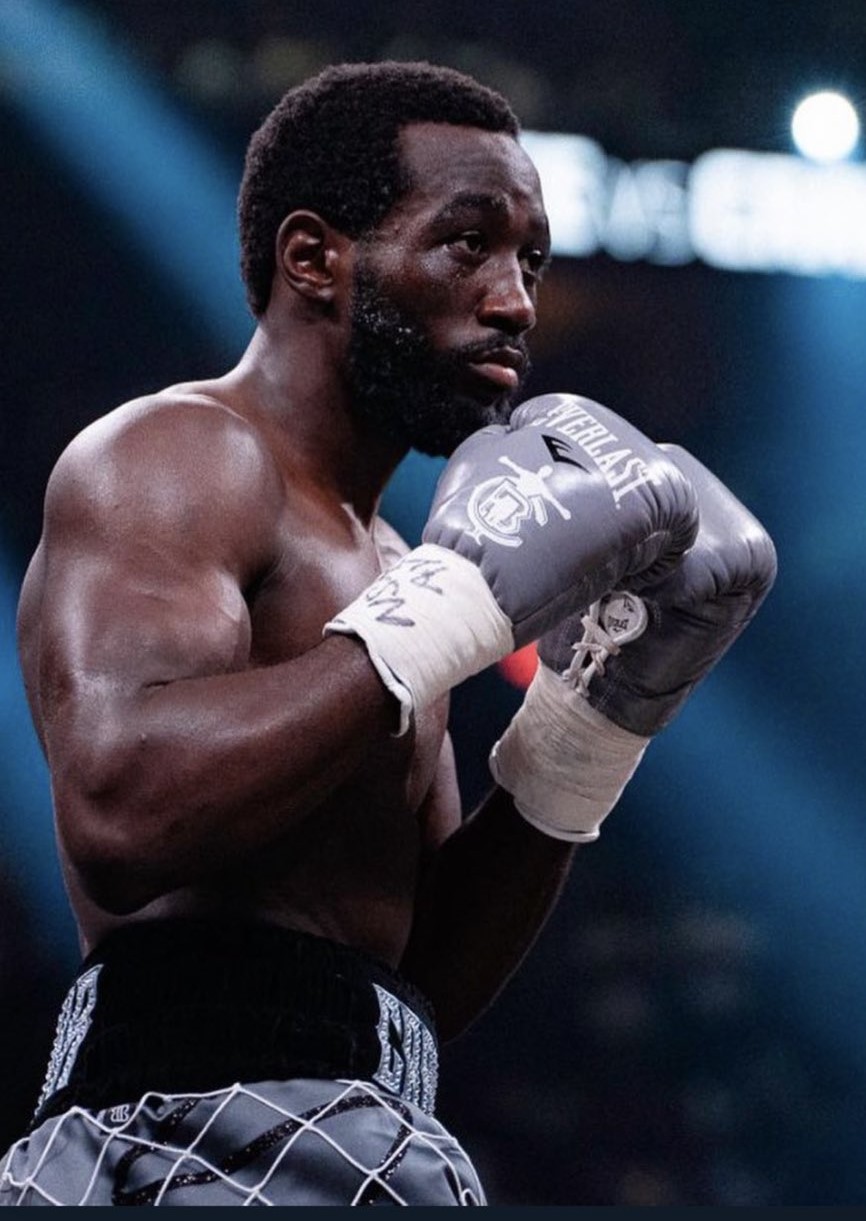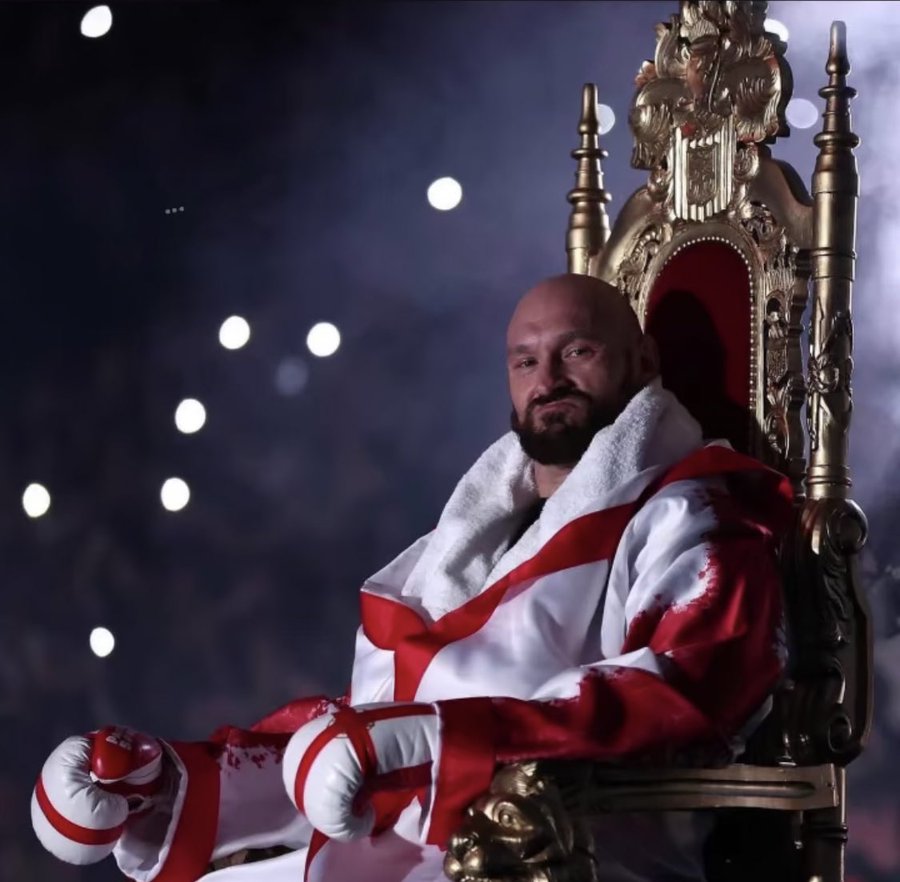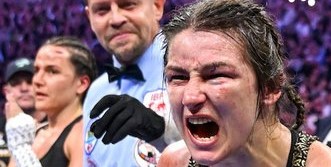By: Sean Crose
I remember my thirteen year old self running downstairs that morning to ask my father who had won. For my dad had gone to the Hartford Civic Center with friends the previous evening to see Marvelous Marvin Hagler defend his middleweight crown against Thomas Hearns. It was a fight between two true warriors in an era when hype for a high level bout got mainstream media attention. Propelled by curiosity, I raced into the kitchen to find my father in his blue bathrobe making breakfast.
“Who won?” I asked him.
He simply turned – and smiled. My old man was a Hagler fan.

As he went on to explain – and as I came to learn myself – the fight was an instant classic. Just how much of an instant classic? So much so that it’s now seen as one of the greatest contests of all time, a complete shock of electricity that still jolts fans and viewers to this day (I show it to college freshman who never cease to be amazed by it’s explosive action and violence).
As a general rule, superfights often deflate expectations. Duran quits. Lewis thrashes Tyson. Mayweather outstrategizes Pacquiao. The same could certainly not be said for Hagler-Hearns. Hagler, at 31 years old, had come up the hard way. There had been no great fanfare as the Massachusetts native worked his way up boxing’s grinding ladder. Hagler had to do it all on his own, plugging up through obscurity to televised fights to – finally – a major bout with Roberto Duran. Hagler’s victory over the Panamanian legend finally shot the bald headed warrior into the stratosphere. Which meant that his name now meant money.
Yet Detroit’s Hearns – known as “The Hitman” for a very good and obvious reason – was looking for more than money. He was looking for Hagler’s belts, as well as for legacy. A tall, lanky ring assassin with top level boxing skills that almost matched his disturbingly powerful right hand, the 26 year old had already fought two explosive, high level battles on the big stage. One was a classic with Ray Leonard, which Hearns had barely lost. The other was against the same Roberto Duran who Hagler had found himself in a real contest with a few years earlier. Unlike Hagler, who had to settle for a decision against Duran, Hearns knocked the famed warrior out in the second round. It wasn’t just any knockout, either, it was one for the ages. For Hearn’s right hand literally put the great Duran face first onto the canvas.
The obvious question had now presented itself to the world: How would Hagler handle such a menace, should Hearns move up to middleweight from the junior middleweight division? On April 15th 1985, at a packed Caesar’s Palace in Las Vegas, the world found out.
Hearn’s entered the ring looking relaxed. Hagler entered the ring looking like a Star War’s villain, his bald head covered both in shadow and by the hood of his robe. Moving towards his rendezvous with Hearns, all that could be seen clearly of the man were the punches he was throwing. Soon enough, the robe was off and Hagler, his face now clear to the world, was standing inches away from his opponent as referee Richard Steele gave instructions. The difference in height was considerable. Hearns, quite simply, towered over his man. One could be be forgiven for wondering how the defending champion would even be able to reach his opponent.
That question was quickly answered at the opening bell, for Hagler went straight at Hearns. A highly regarded practitioner of the jab, Hagler had decided to put that weapon aside and simply go for the kill. This was Thomas Hearns, however, the very definition of ring power. And, true to form, Hearns nailed the defending champion. Hagler survived the shot and the two men continued to engage in a school yard brawl on steroids for the remainder of the round. One landed hard, then the other, all at a lightning fast pace. The crowd roared. The commentators roared. The fists roared. Truly, it was a round for the ages (the greatest in boxing history as far as this writer is concerned – even greater than the off the wall first round between Dempsey and Firpo).
The second round was a fairly normal affair – if by normal one means a high octane three minutes of combat between two masters at their peak. Then, however, came the third. Hearns had taken to boxing rather than engaging. What’s more, Hagler had a cut and was bleeding badly. Steele stopped the fight and called in the ring doctor. The doctor took a quick look at Hagler, then gave the go ahead to continue. Hagler, though, knew the reality of the situation. With an active cut, he might well now be fighting against the clock. It was time to bring matters to a violent conclusion.
Withing seconds, Hagler fired a thunderous right that sent Hearns stumbling across the ring like a vaudevillian playing drunk. Hagler raced forward, firing away. Another terrific right sent Hearns flat on his back. Like all great fighters, Hearns was determined to resume fighting. He managed to get back to his feet in time to beat the count, but it was clear the bout was over. Seeing that Hearns was unable to continue, Steele wisely stopped the fight. Hagler had emerged victorious in a war that wouldn’t soon be forgotten.
Perhaps surprisingly, the two men never met in the ring again.






Jinscelt
12/17/2024 at 6:38 pm
Поиск в гугле